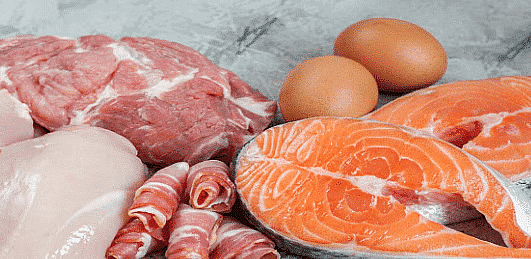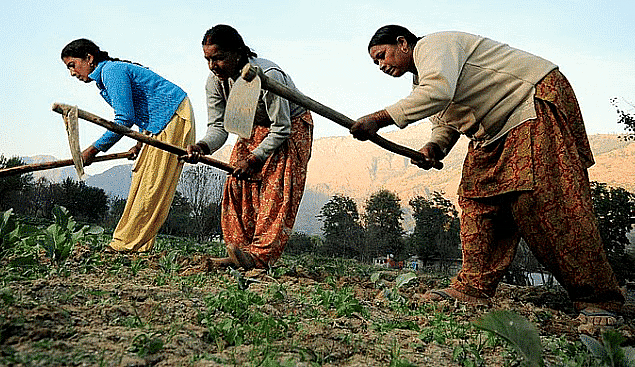Occupation - 1 Class 3 Worksheet SST
Q1: Multiple Choice Questions (MCQ)
(i) Which of the following is not a mineral?
(a) Coal
(b) Petroleum
(c) Iron
(d) Sugarcane
(ii) Where is fishing considered as the main occupation?
(a) Coastal areas
(b) Hilly areas
(c) Desert areas
(d) None of the above
(iii) Which animal is reared for milk?

(a) Cow
(b) Buffalo
(c) Goat
(d) All of these
(iv) What are occupations?
(a) Hobbies done for fun
(b) Paid jobs done by people to serve the society
(c) Voluntary work without payment
(d) Government-related jobs only
Q2: Fill in the blanks
(i) Mining means extracting minerals out of the _________.
(ii) In poultry farms, we rear _________ and _________ for eggs and meat.

(iii) The process of converting of _____________ into useful products is called manufacturing.
(iv) Occupations are based on education, training, skills, and the availability of __________.
(v) People in villages have needs such as health care, education, communication, and __________, which are other occupations
Q3:
Match the following
Q4: True/False
(i) Occupations are based on education, training, skills, and the availability of work.
(ii) Teaching is the most important occupation as other occupations depend on it.
(iii) Occupations are created only by the wants of the society.
(iv) Most of India's population lives in villages, and farming is the main occupation for them.

(v) Occupations are limited and do not grow as society expands.
Q5:
Answer the following questions
(i) What is mining? Name two important minerals.
(ii) What is meant by term ‘occupation’? Give examples.
(iii) What is farming?
You can access the solutions to this worksheet here.
FAQs on Occupation - 1 Class 3 Worksheet SST
| 1. What are some common occupations for class 3 students to learn about? |  |
| 2. How can I teach my child about different occupations? |  |
| 3. Why is it important for children to learn about occupations? |  |
| 4. What activities can help children explore different jobs? |  |
| 5. How can occupations relate to a child's everyday life? |  |
















